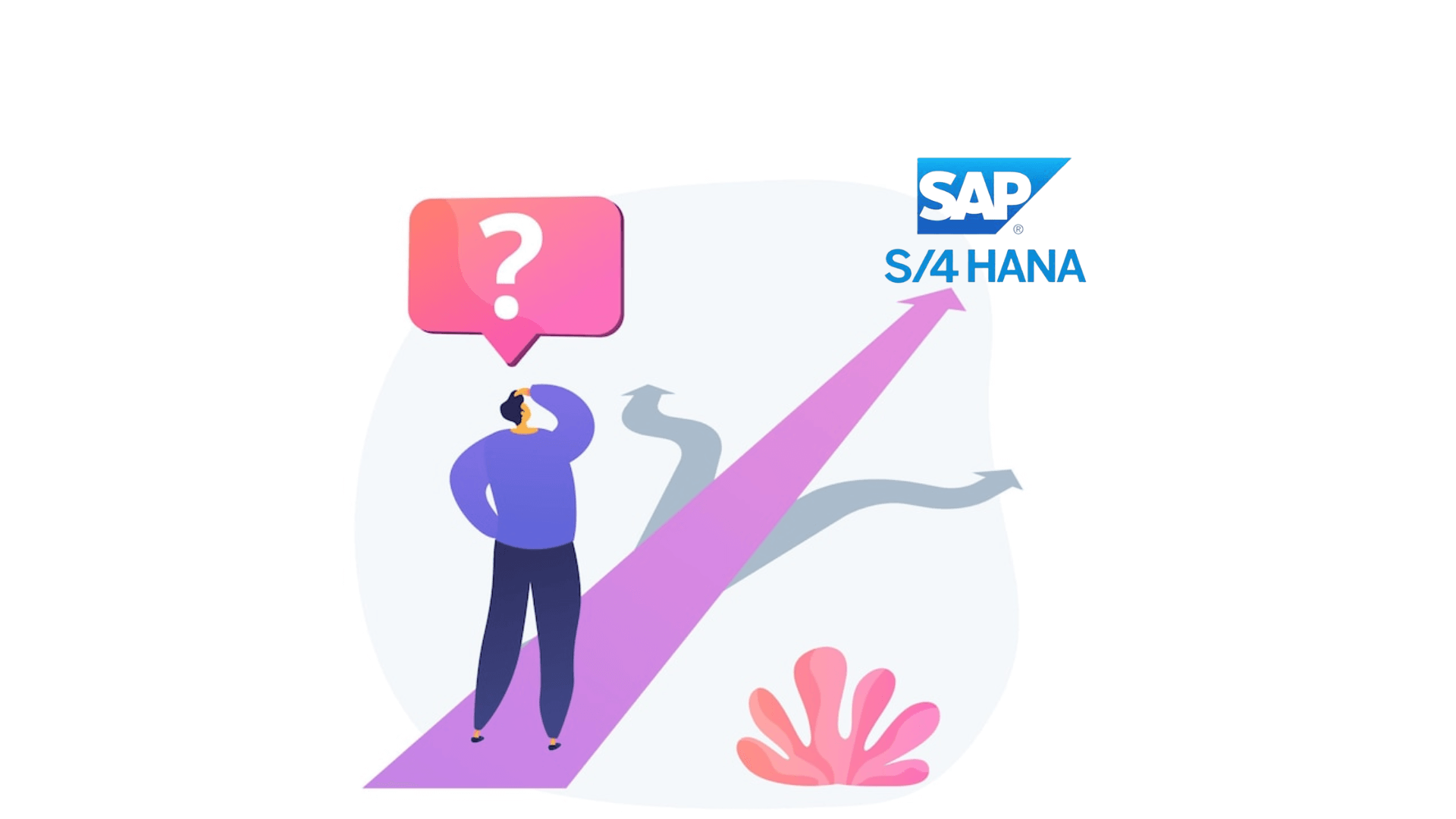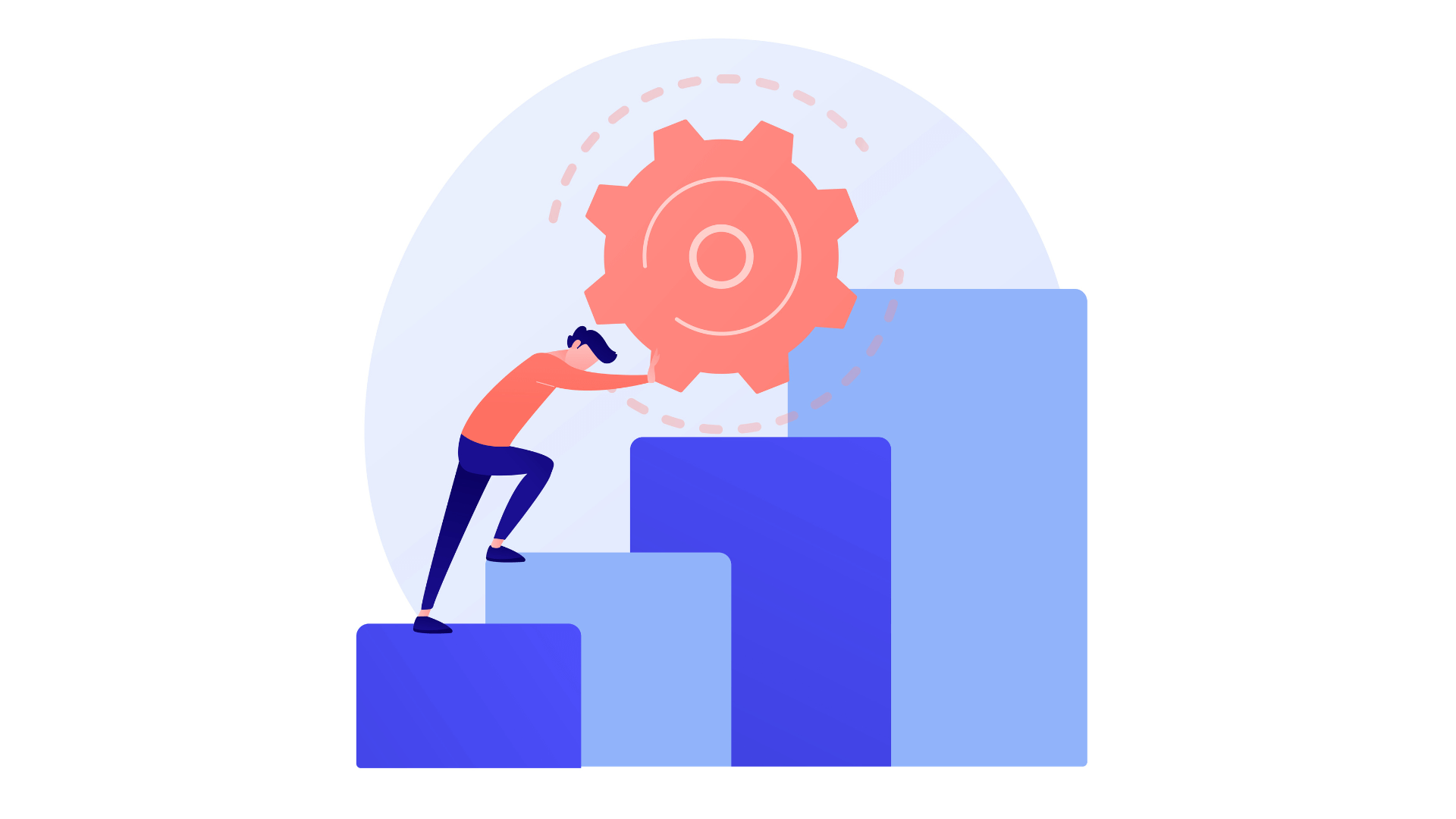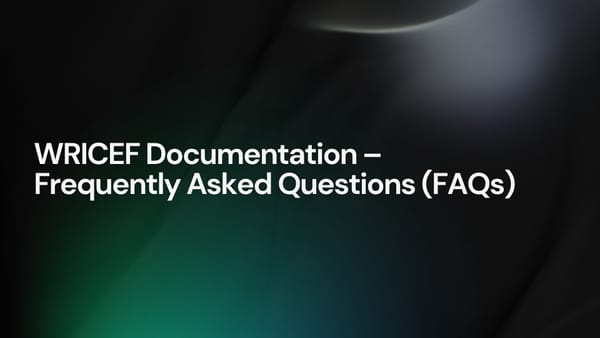Challenges in System Conversion from SAP ECC To SAP S/4HANA
Table of contents
- What is SAP S/4HANA transformation?
- Why not SAP ECC?
- Moving to SAP S/4HANA
- Customer's Queries with respect to SAP S/4HANA Conversion
- Challenges in SAP S/4HANA Conversion
What is SAP S/4HANA transformation?
SAP S/4HANA is a new SAP software platform that offers organizations the ability to build and run powerful mobile and cloud applications.
SAP S/4HANA accelerates business processes, improves data quality and reduces costs by enabling autonomous business processes, creating an enterprise-wide view of data and improving the way information is shared. With SAP S/4HANA, you can create a single view of your company’s financial, operational, customer and operational data from multiple sources.
SAP S/4HANA implementation is an important milestone for your organization. It can be a challenge or an opportunity depending on your business needs and expectations. You may have been thinking about upgrading your SAP ERP system for some time now, so let’s discuss further on ‘why SAP S/4HANA?’
Why not SAP ECC?
SAP ECC is the SAP ERP system that was developed to support the early versions of SAP S/4HANA. SAP ECC is based on the idea that you can't just upgrade from one version to another and expect everything to work just fine.
SAP ECC was developed for an era where people were still using paper files for approvals, approvals were still manually entered and there was no real concept of digital transformation yet.
Yes, SAP ECC has some great features such as report writers and a calendar but it's not designed for today's business environment. Have a look at our blog on a detailed analysis of SAP ECC vs SAP S/4HANA.
Moving to SAP S/4HANA

SAP will stop mainstream support for SAP ECC in a periodic manner and pull the plug in 2027. This is primarily because SAP S/4HANA has effectively replaced SAP ECC and has become the market leader in the enterprise level ERP segment. Existing SAP customers are moving towards the adoption of SAP S/4HANA to realign their IT operations with their business and excel with the completion of typical maintenance for the SAP ERP 6.0 framework.
- Superior customer service, enhanced processes, and quicker real-time analytics are all provided by SAP S/4HANA. Most importantly, it makes it possible for companies to run efficiently in a digital market.
- This was a key driver for many SAP ERP users over time to start seriously assessing the business benefits of S4HANA and make the decision on whether to embrace this more cutting-edge ERP solution
It’s known to us that SAP S/4HANA primarily supports three options to complete the migration from SAP ECC to SAP S/4HANA, i.e.
| 1. New implementation | 2. System conversion | 3. Hybrid Approach |
In this article, some of the challenges faced by the organization are discussed when moving from SAP ECC to S/4HANA are discussed:
Customer's Queries with respect to SAP S/4HANA Conversion

SAP S/4HANA has come up with several innovative functionalities and advantages to transform enterprises into intelligent enterprises. But still, most of the customers are not clear on what it takes to transform their current SAP ERP system to SAP S/4HANA. They have several queries running in their mind, like,
- What should be moved to SAP S/4HANA?
- What amount of time is taken by an SAP S/4HANA conversion project?
- What are the prerequisites of business and IT assets?
- How much will it cost?
- What is the advantage of performing an SAP S/4HANA brownfield implementation compared to a greenfield one?
- What is the difference between SAP S/4HANA System Conversion and an SAP S/4HANA Upgrade?
- What are the different implementation scenarios available for S/4HANA?
- Between SAP S/4HANA Cloud and on-premise SAP S/4HANA, which one is the future?
- What are the different approaches in Software Update Manager(SUM) and how can we optimize the required business downtime of an SAP S/4HANA System Conversion?
- How many people should be involved in the conversion project?
- Does adding more people to the team make the process go faster?
To generate a reasonable approximation, it is required to comprehend the hazardous areas of the project. You might have heard that the transition to SAP S/4HANA is not only a technical enhancement, but it also includes modifications in functionality and various business practices.
As compared to the advancements, the complications of errands in the functional areas are substantially more prominent. A huge number of modifications have been done in the field of finance till now, as compared to the other functional modules such as sales and distribution, material management, etc. These areas do not require many struggles and the modifications are mostly associated with the data model interpretation.
Challenges in SAP S/4HANA Conversion

Let us now discuss the challenging areas during the transition from SAP ERP to SAP S/4HANA system conversion.
Common challenges in SAP S/4HANA Conversion
1.Business Partner Approach
- The business partner is not a new idea as it has been in use through SAP Business Suite applications such as FSCM Credit and collect management, CRM, SRM or industry solutions. The concept has just been optimized and made mandatory for SAP S/4HANA.
The business partner master is responsible for maintaining clients and merchants in SAP S/4HANA because it is a single point of entry.
- The business partner can be considered as a chief master data object because it provides several benefits over the client and seller master records.
- A key benefit is the probability of a business partner to turn in several roles, for example, he can act as a seller and a client at a time and the likelihood to preserve several addresses and connection. It was impossible to become free from the client and seller master data model totally because it was decided to go ahead with this approach as a planned functionality.
- A lot of ERP applications are functioning with the traditional clients and seller tables as it is impossible to recreate the ERP application to work with the business partner. To solve this issue, a system called CVI structure is utilized to coordinate data from the business partner into the client and seller data tables.
When a shift is done to business partner it implies the following for SAP S/4HANA conversion project:
- Restructuring of business processes associated with clients and sellers developments.
- Configuring the new business partner object and the CVI structure to coordinate between the business partner and clients.
- It is required to clean the client and seller master data so that the current clients and sellers will be duplicated into new business partner master data.
These steps need to be carried out before the installation of SAP S/4HANA.
The business partner approach will also help to save a lot of time and effort if the enterprises have officially implemented any of the SAP Business Suite applications using this idea. In this scenario, almost all the clients, sellers or both are now duplicated to business partners.
2.Financial Data Migration
-
This is one of the challenging phases of system conversion. Using your SAP ECC system, you have performed enough checks and amended all the recognized inconsistencies with the SAP S/4HANA Readiness Assessment.
-
You are now able to install SAP S/4HANA, execute the Software Update Manager begin the financial data migration and execute the steps from the installation guide.
-
However, it is required to run the transactional data consistency check, prior to the execution of the real migration table. Also, it is required to perform a consistency check after the completion of each migration step.
-
There is a possibility of getting error messages which were left undetected during the earlier checks and assessments. Due to these errors, you may spend a huge amount of time (one month in place of one week) to find out the significance of these errors and resolve them.
The available consistency checks in an SAP ERP system are unlike those important checks which are available after the SAP S/4HANA installation. These checks are more innovative and progressive, and able to catch those errors which are skipped by the standard set of checks in SAP ERP. If these errors are detected late in the project, it will result in data inconsistencies.
- Therefore, it is necessary to clean and clear data at the time of financial data migration. To confirm the accuracy of the relocated data, you should carry out the modification of data, and the execution transactional and master data migration. These actions should be carried out at the time of system downtime.
Thus, this is the most challenging phase of system conversion to SAP S/4HANA.
3.Data Inconsistencies
- The financial data migration is a crucial stage of any transition to SAP S/4HANA. In this phase, the entire transactional data is moved into the new data model. In order to transfer the data effectively, the current transactional data should be perfect and consistent.
- There should be no concern regarding data integrity as this would increase your possibilities of errors.
There are a few reasons that show how an enterprise winds up with inconsistent transactional data.
- Unreliable and conflicting updates made by specially developed programs and interfaces
- Inadequate modification or variations in master data
- Modifications done to the standard tables directly, for instance with the help of a well-known function code
- Thus, if your organization has a huge size of data, a considerable measure of custom code may fail to resolve the data at the time of year-end closing procedure. This would lead to more issues with the inconsistent transactional data.
- Data cleansing is a costly procedure and is very essential to recognize the issues associated with data quality before the beginning of the SAP S/4HANA Migration project. Else, there might be a situation where it is required for you to spend a huge amount of time to identify and clean inconsistent and unreliable data at the time of SAP S/4HANA Conversion
4.Changes in Functionality
- As compared to SAP ERP, a few important modifications are done in the functional scope of SAP S/4HANA. For example, applications like SAP Classic Cash and Liquidity Management are absent in SAP S/4HANA. They are substituted by the recently built SAP S/4HANA Cash Management. This application should be deployed and organized properly as it is a totally new application.
-
The other application such as SD Credit management is substituted with SAP Credit Management. In order to utilize the solution, it is required to organize and configure it as required. Moreover, it is required to relocate old credit management, master data and credit experiences. The new solutions should be utilized because there is no chance to use the legacy solution for credit management in SAP S/4HANA.
-
It is anticipated that there will be broad changes in functionality for those elements which are not being substituted with new applications in SAP S/4HANA. With the help of new asset accounting you can perform accounting for parallel evaluations. Therefore, it is important to activate new asset accounting in advance or as a stage during SAP S/4HANA migration. Also, it is required to make technical prerequisites separately.
5.The new UI-SAP Fiori
- This is the innovative user interface for SAP S/4HANA. The innovative web-based FIORI UI itself is a radical modification. It is totally different from the traditional SAP user interface because the entire concept has been modified be to role based.
- Some customers might be worried that the new FIORI based UI could hinder profitability since they would have to acclimatize themselves with the new interface.
- In addition, they could see the configuration of this FIORI user interface as a long and difficult procedure, which is especially common when an enterprise wants to adopt this UI totally.
Most enterprises have selected the phased method where there is a limitation of FIORI applications during the SAP S/4HANA migration.
6.Complexity of the Custom Code
- Complete re-engineering and process simplification are made possible by a new SAP S/4HANA system, also called a "Greenfield" implementation.
- Organizations can predefine migration objects and best - practice using this method. Although adoption will happen more quickly, there may be more business interruptions.
- A system conversion would be the ideal option when re-implementation is not possible due to constraints on time, money, or other factors. Among the harder aspects of the transfer is moving any custom code to S/4HANA.
7.Lack in Testing and Validations
- Throughout the conversion project, testing must be a continuous activity. Testing should take up to 70% of a consultant's work. Adding additional features as part of the conversion effort is not recommended.
- When the only objective is to preserve current functionality, comparing the outputs is sufficient to assess the viability of the target S/4HANA system.
Challenges in SAP testing
Go through our articles and on-demand webinars for anytime, anywhere access of KTern and S/4HANA content.
Conclusion:
Are you looking for a way to accelerate your transformation to S/4HANA?
KTern.AI is the answer to your transformation worries. Contact us to know more and explore synergies!




